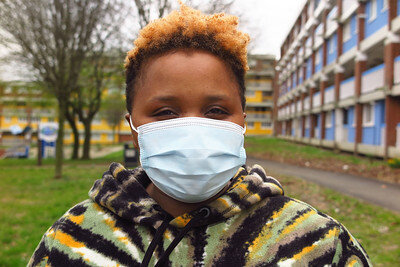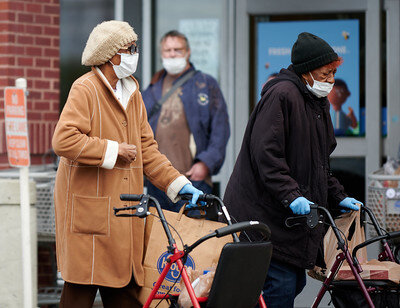Who is at Higher Risk for Severe Illness From Coronavirus?
While everyone, regardless of age, gender, race and ethnicity, are all susceptible to contracting the coronavirus, some groups are at an elevated risk for exposure, as well as for severe illness or complications. According to the Centers for Disease Control and Prevention website, “Based on currently available information and clinical expertise, older adults and people of any age who have serious underlying medical conditions might be at higher risk for severe illness from COVID-19.”
But a person’s age and medical history are not the only indicators of elevated risk. Health officials now warn of an ‘explosion’ of COVID-19 cases in minority communities. Low-income populations and black and brown people are especially vulnerable to coronavirus, with worse outcomes than the general population, in the United States.
Statistics from Florida, Michigan, and Louisiana, are all shining a light on this worrying disparity. Louisiana Governor John Bel Edwards announced on Monday that “Slightly more than 70 percent of all the deaths in Louisiana are of African Americans.” Even though African Americans only make up 32 percent of the state’s population. In New York City, black and hispanic people are twice as likely as white people to die of the virus, according to new, preliminary data released by the city.
Some underlying conditions that increase a person’s risk include, but are not limited to, people with lung disease or asthma, heart conditions, diabetes, chronic kidney disease, and liver disease, as well as people who are immunocompromised or obese. In the U.S., African Americans have higher rates of diabetes, heart disease, and lung disease, increasing their chance at facing potential complications from COVID-19. Compounding the problem, due to structural inequalities, many minorities with underlying conditions lack access to good health care, meaning their preexisting conditions are not being managed well, further exacerbating the potential for complications due to COVID-19.
Some activists are also pointing out that middle and low income people of color may be more exposed to coronavirus because they hold low-wage or essential jobs, including in the food service, transportation, and health care industries. Low income populations are also vulnerable, as they are more likely to continue working during the pandemic and less likely to have paid sick time. Then, once infected, they’re less likely to have access to quality health care.
The full extent of the disparities between white communities and communities of color is not yet known, because data has not yet been released by the federal government, but also because some hospitals and other health care providers have not been collected race and ethnicity data. But a CDC spokesperson did say that they will include race and ethnicity data in its next in its next Morbidity and Mortality Weekly Report.


